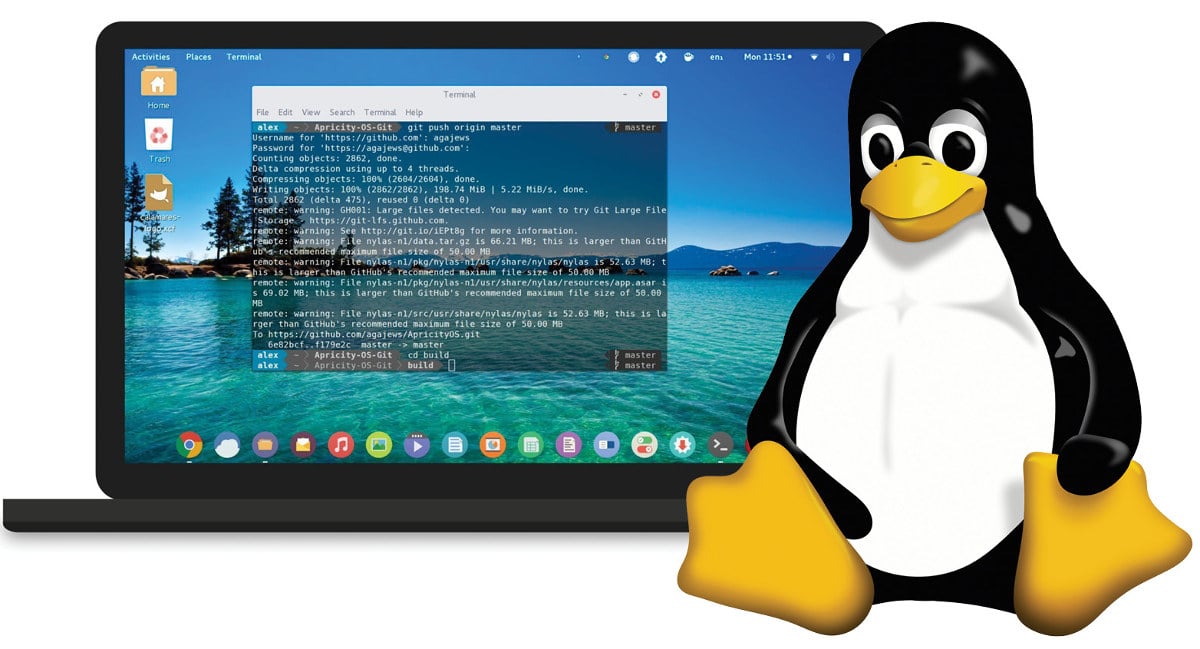Exploring the Top 10 File Managers for Linux Power Users
Linux power users understand the importance of efficient file management. While the command line interface offers extensive control over the file system, a file manager can greatly enhance productivity and provide a user-friendly interface for navigating, organizing, and manipulating files. In this blog post, we will explore the top 10 file managers for Linux power users, highlighting their features, customization options, and overall user experience.
Nautilus (GNOME Files)
Nautilus, the default file manager for the GNOME desktop environment, provides a clean and intuitive interface. It supports basic file operations, offers convenient navigation through bookmarks, and integrates seamlessly with the GNOME ecosystem. Nautilus also supports plugins, allowing users to extend its functionality to suit their specific needs.
Dolphin
Dolphin is the default file manager for the KDE Plasma desktop environment. It is highly customizable, feature-rich, and offers a dual-pane view for enhanced productivity. Dolphin integrates well with other KDE applications and provides powerful features such as split views, integrated terminal, and extensive file management options.
Thunar
Thunar is the default file manager for the Xfce desktop environment. It is lightweight, fast, and designed to be simple yet functional. Thunar supports customizable shortcuts, bulk renaming, and provides a tree view for easy navigation. Despite its simplicity, Thunar offers all the essential features needed for efficient file management.
PCManFM
PCManFM is the default file manager for the LXDE (Lightweight X11 Desktop Environment) and LXQt desktop environments. It focuses on speed and simplicity while offering features like tabbed browsing, dual-pane view, and support for custom actions. PCManFM is an excellent choice for users who prefer a lightweight and fast file manager.
Nemo
Nemo is the default file manager for the Cinnamon desktop environment, which is popular among Linux Mint users. It is a fork of Nautilus (GNOME Files) and offers a similar interface but with additional features. Nemo supports dual-pane view, customizable actions, and an integrated terminal. It also provides advanced options for handling file operations and a flexible plugin system.
Ranger
Ranger is a terminal-based file manager designed for users who prefer a command-line interface. It features a Vim-like keybinding system and provides a fast and efficient way to navigate and manipulate files and directories. Ranger supports customizable layouts, file previews, and a range of powerful command-line tools for file management tasks.
Midnight Commander (MC)
Midnight Commander, often referred to as MC, is a classic file manager for the Linux terminal. It offers a two-pane interface reminiscent of Norton Commander and provides powerful features like file operations, directory comparisons, and built-in support for various file types. MC is highly configurable and includes a built-in text editor and file viewer.
Maximizing Data Analysis Efficiency: Unleashing the Power of RStudio and SQL Integration
SpaceFM
SpaceFM is a highly customizable file manager that aims to provide a powerful, feature-rich experience. It supports tabbed browsing, dual-pane view, and includes advanced features like file search, bulk renaming, and symbolic link handling. SpaceFM also offers extensive customization options, allowing users to tailor the interface to their preferences.
Double Commander
Double Commander is an open-source file manager that mimics the popular Total Commander software. It features a dual-pane interface with a wide range of customizable options, including color schemes and keyboard shortcuts. Double Commander supports plugins, file synchronization, archive handling, and offers a built-in text editor.
Krusader
Krusader is a powerful twin-panel file manager built for the KDE Plasma desktop environment. It offers advanced functionality such as extensive archive handling, file synchronization, and built-in file viewer and editor. Krusader supports tabbed browsing, split views, and provides a versatile interface with a wide range of customization options.
Efficient file management is crucial for Linux power users, and the right file manager can significantly enhance productivity and workflow. Whether you prefer a feature-rich graphical interface or a command-line-based approach, there are numerous options available. The file managers mentioned in this blog post offer a diverse range of features, customization options, and interfaces to suit various preferences. Choose the one that aligns with your workflow and make the most out of your Linux experience.












